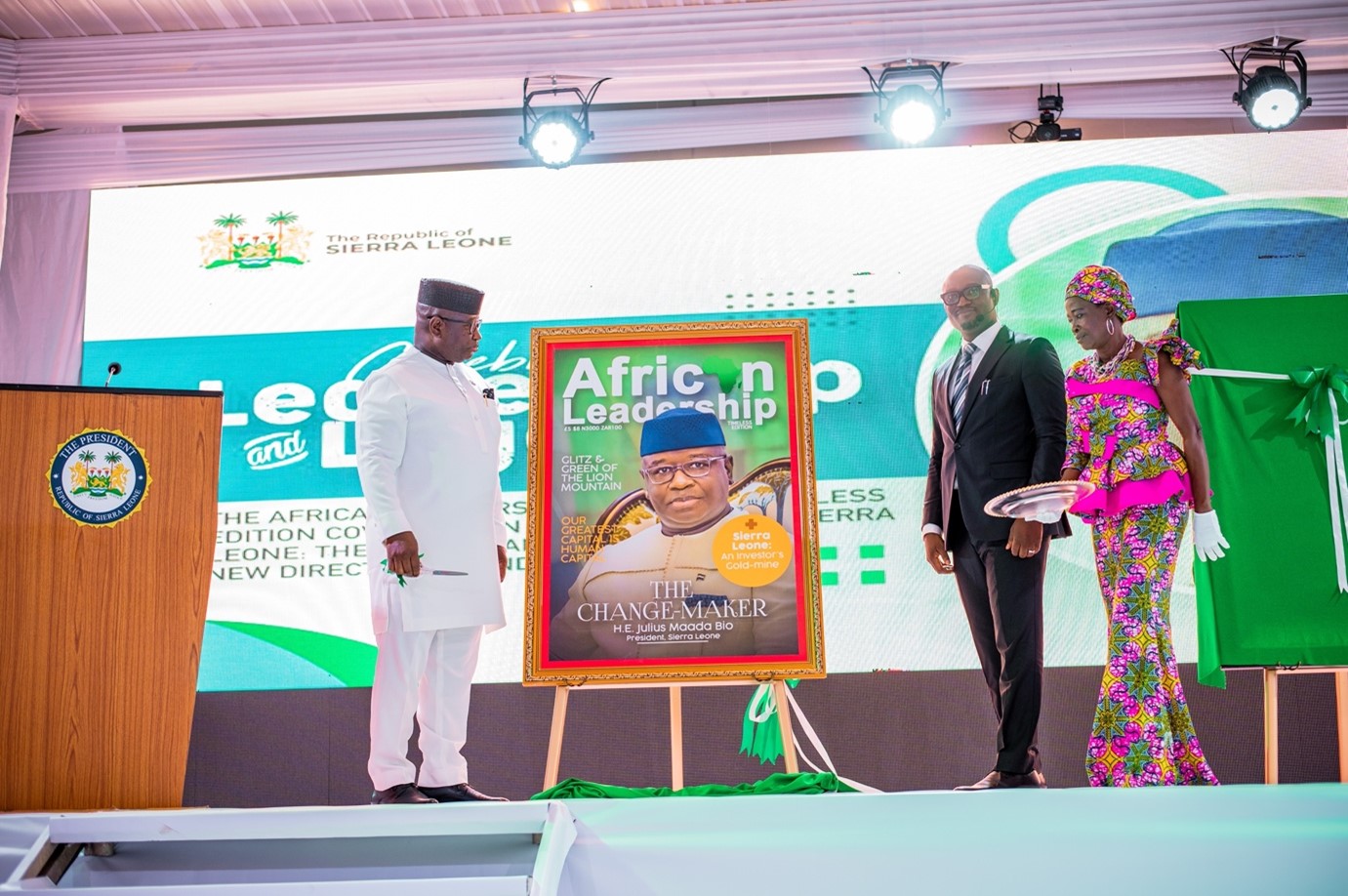Rwandan Minister of Infrastructure, Erneste Nsabimana said the country has approved Rwf500 billion to support its universal electrification efforts with the main focus on districts with low energy access levels.
He made the disclosure when he appeared before the Chamber of Deputies to provide responses to issues related to water and electricity access, as well as the damaged bridges across the country.
The Government of Rwanda, it was gathered, planned to achieve universal access to electricity by 2024, the level is still very low in some districts, a situation that made some lawmakers question the attainment of such a target within the remaining two years.
Further, Deputy Speaker in charge of Finance and Administration, Mussa Fazil Harerimana said there was an issue with energy infrastructure, including that some districts still have very low electricity access for their residents.
This, he said, makes one wonder whether the universal electrification target by 2024, will be achieved. This target is under the Government’s first phase of the national strategy for a transformation running from 2017 through 2024.
“Burera District has energy access of 43 per cent, Nyamasheke 44 per cent, Gakenke at 44.1 per cent, Ngororero 48 per cent, Gicumbi 52 per cent, Karongi at 52.8 per cent, Nyabihu at 56 per cent”.
So far, Nsabimana said, the overall energy distribution is estimated at 74 per cent at the national level [estimated at over two million households connected to electricity across the country, according to Rwanda Energy Group], of which about 24 per cent is from solar energy [while about 50 per cent is from other energy sources, mainly hydropower].
He said that the major reason for the fact that some districts were lagging behind in terms of energy access was budget constraints.
“But, now, there is good news that funds amounting to over Rwf500 billion for electricity distribution across the country has been secured,” he said.
He told legislators that the Government wants such secured financing to be spent with a view to scaling up the energy access in those districts that have lower performance.
“More efforts are going to be invested in those areas (districts) which are still [at low electricity access rates], at like 43 per cent, 44 per cent, so that they also increase their levels to ensure that they at least be at the same pace of other districts in line with attaining the universal energy access by 2024,” he said, indicating that there are some districts which are at 75 per cent and 78 per cent.
However, he said that the Government still needs more money – about Rwf600 billion – that they are still looking for from various sources of funding in order to achieve the set universal energy access target in 2024, but indicated that there is good progress that has been made in terms of energy access in the country.


